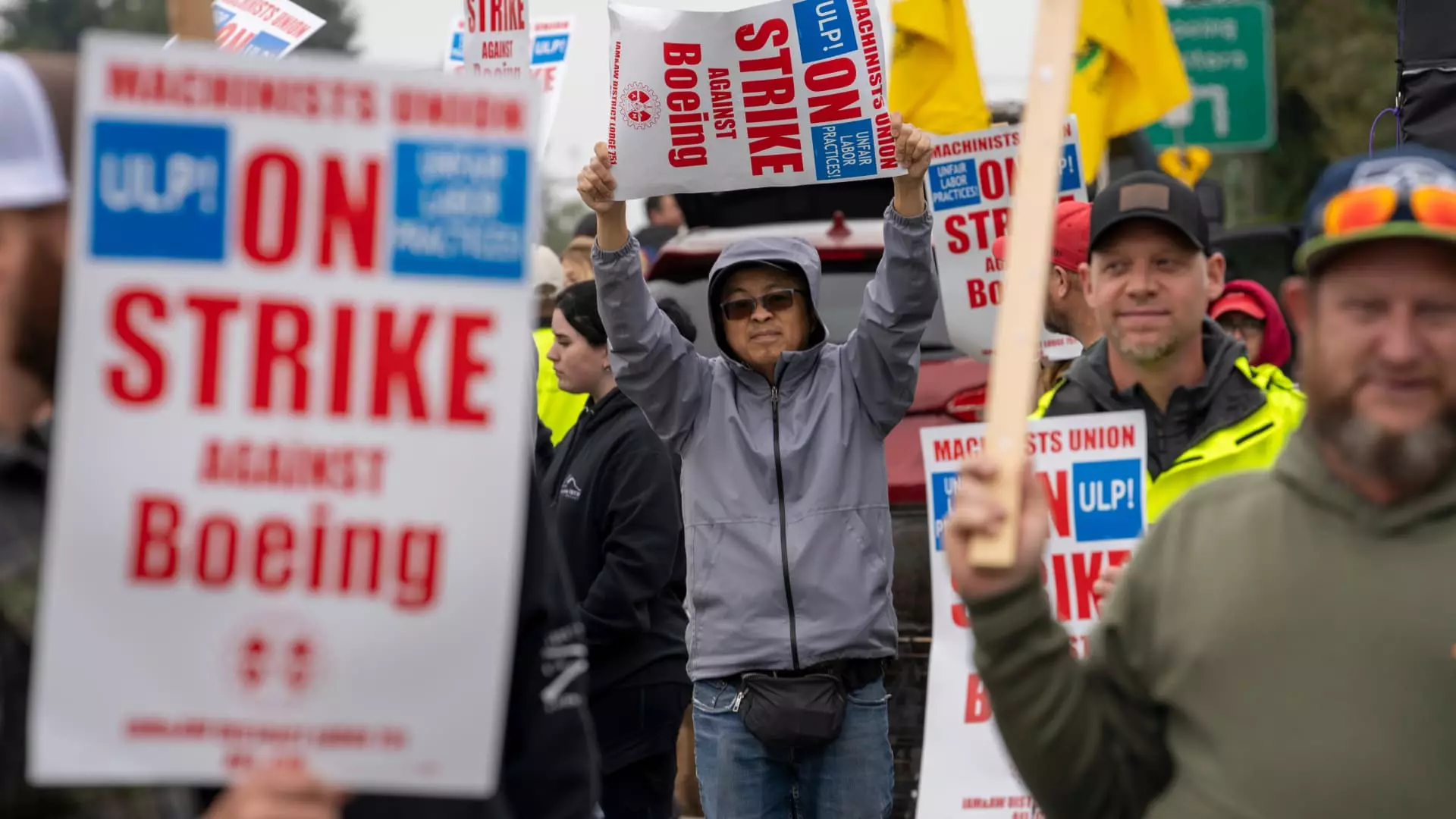In mid-September, Boeing found itself at the center of a significant labor dispute when approximately 33,000 machinists, represented by the International Association of Machinists and Aerospace Workers (IAMAW), initiated a strike. This walkout was prompted by a resounding rejection of a tentative labor agreement. The contract, which many believed would be a stepping stone towards resolving longstanding wage and working condition grievances, instead became a point of contention, leading to halted production in Boeing’s critical Puget Sound operations. Consequently, the industrial action not only disrupted Boeing’s output but also raised serious concerns about its short- and long-term financial health.
Negotiations between Boeing and the machinists have faced severe turbulence since the strike began. Boeing attempted to revamp its offer by enhancing pay raises and introducing a ratification bonus, among other benefits, aiming to entice the union back to the bargaining table. However, these efforts met with dismissal, highlighting a fundamental disconnect between the two parties. The IAMAW argued that Boeing’s proposals were not a product of genuine negotiation but rather unilaterally imposed solutions that did not adequately address workers’ key concerns regarding wages, retirement security, and overall job conditions.
Boeing’s leadership, specifically Stephanie Pope, CEO of Boeing’s commercial aircraft segment, expressed frustration over the union’s demands, characterizing them as excessive and non-negotiable. This stance from Boeing underscores a critical aspect of labor negotiations: the balance between competitive business practices and fair labor standards.
As the strike drags on, the financial implications for Boeing are becoming increasingly evident. S&P Global Ratings has estimated that the ongoing strike could cost the aerospace giant over $1 billion each month. This staggering figure raises alarm bells not only for Boeing’s existing contracts and financial stability but also threatens its standing in the global aerospace market. The financial strain could potentially lead to layoffs or restructuring, further complicating the dynamics of the labor relations at Boeing.
As negotiations continue to falter, the outlook remains bleak. The entrenchment of positions by both Boeing and the IAMAW suggests that a swift resolution is not on the horizon. The need for both parties to reassess their strategies has never been more pressing. For Boeing, the challenge lies in finding a middle ground that addresses the workers’ demands without jeopardizing its competitive edge in the industry. The IAMAW, on the other hand, must navigate the precarious waters of labor actions while ensuring that its members are adequately compensated and supported.
The Boeing machinists’ strike stands as a poignant example of the struggles inherent in labor negotiations. The resolution of this conflict will not only shape the working conditions of thousands of machinists but may also influence the operational framework of Boeing in a fiercely competitive aerospace sector. Both sides must engage in meaningful dialogue if they wish to emerge from this standoff unscathed and ready to rebuild for the future.


Leave a Reply